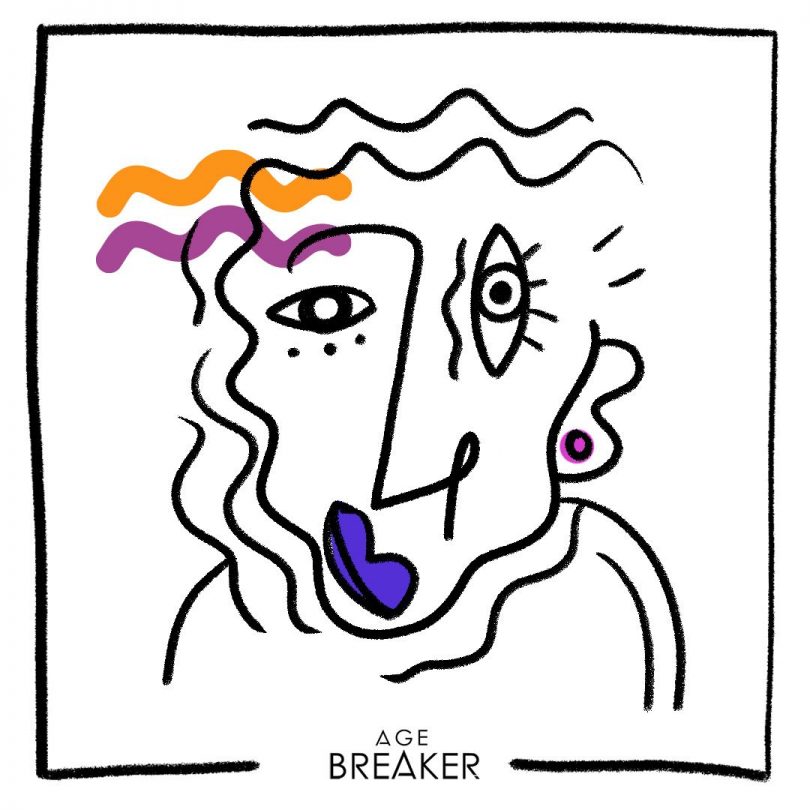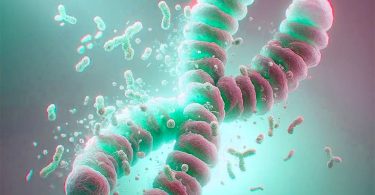Various studies highlight the key role of glycation in the genesis of Parkinson’s disease.
Parkinson’s disease is the most common movement disorder. With around 10 million cases worldwide, it is the second most common neurodegenerative pathology, after Alzheimer disease.
Its frequency is increasing rapidly, doubling the number of cases in 25 years, due in particular to the aging of populations. It is a complex, multifactorial disease with great clinical variability, age of onset and evolution.
The signature of Parkinson’s disease is the presence of intracellular protein aggregates mainly composed of alpha-synuclein (aSyn), a protein abundant in the brain.
Various studies highlight the central role of glycation in the pathogenesis of aSyn (1). They confirm the links, already established, between diabetes, sugar and the development of neurodegenerative diseases.
These discoveries, still at an early stage, open the way to new therapeutic strategies for the prevention and perhaps one day, the treatment of Parkinson’s disease.
© AGE Breaker, update 01 2024
[Glycation is one of the major causes of aging. Resulting from the fixation of sugars on the proteins constituting the organism, glycation generates toxic compounds that cause cellular aging. Glycation is particularly involved in metabolic disorders, skin aging and cognitive decline.] [AGE BREAKER, patented nutritional supplements, based on rosmarinic acid, recognized by aging specialists around the world for their properties to reverse the effects of glycation.]
More on www.agebreaker.com
#agebreaker #glycation #antiaging #longevitymedicine #preventivemedicine #preventivehealth #skinaging #4pmedicine #advancedglycationendproducts
1: A Chegao et Al. Unveiling new secrets in Parkinson’s disease: The glycatome. Behavioural Brain Research. Volume 442. Available online 24 January 2023. https://doi.org/10.1016/j.bbr.2023.114309









